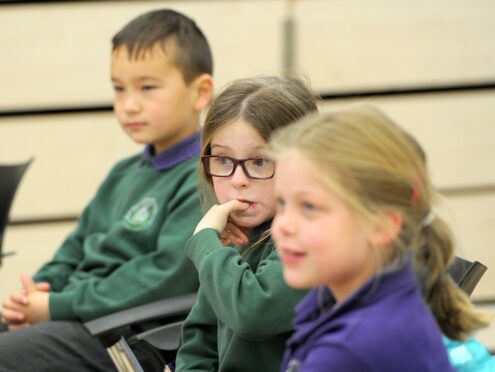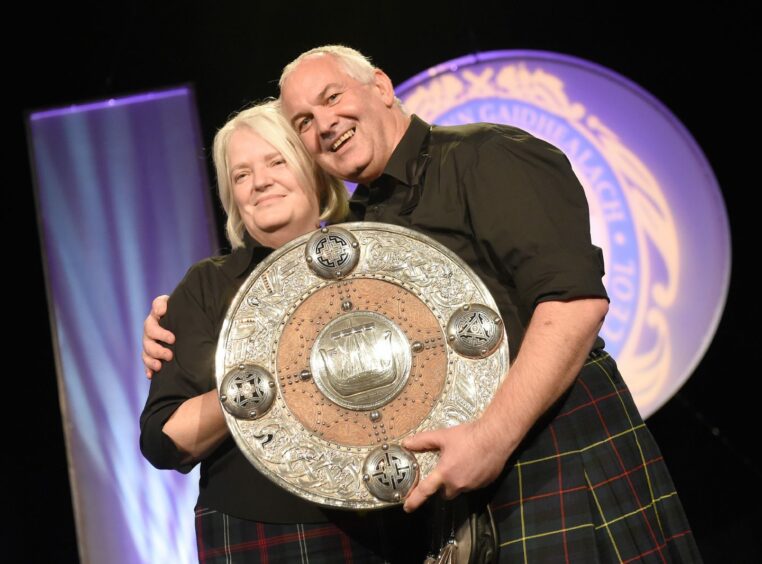Highland Council needs to do more to support Gaelic language speakers beyond the classroom, councillors have said.
The Gaelic committee met on Wednesday to discuss the latest version of the Gaelic language plan.
Bòrd na Gàidhlig is preparing to go to public consultation on the best way to promote the use and understanding of Gaelic in the Highlands.
The results of this consultation will help the Bòrd to draft an updated plan.
The Gaelic committee was only asked to note the consultation process. However, councillor Raymond Bremner urged the committee to go further.
He wants the council to review how it supports Gaelic speakers and encourages the growth of the language in Highland communities.
Members of the Gaelic committee agreed, with several councillors saying there’s not enough support for Gaelic culture.
Is Gaelic sustainable in communities?
Speaking after the meeting, Mr Bremner explained that Gaelic language is delivered through nursery, primary school, secondary school and on to college and university – but what happens next?
“It can’t all end with education,” he said. “We’re expecting people to leave university and go forth into the community as fluent Gaelic speakers.
“Where are the opportunities to make Gaelic language sustainable in Highland communities? How is the council measuring those opportunities?
“We’ve got 20 years from the time a child starts learning Gaelic in nursery, so we should use that time to prepare the community to embrace that Gaelic speaker.”
Councillor Allan Henderson raised concern that the problems set in even earlier than that. Mr Henderson said Gaelic language education is patchy at secondary school level, but online platforms such as the Highland Virtual Academy provide an opportunity to change that.
Lead by example
Mr Bremner pointed to the national census as a way of measuring progress.
“The Scottish Government is aiming to increase the number of Gaelic speakers, and this will now be measured in the census,” he said. “It’s 11 years since the last census, so it will show whether the money was worth it.”
Meantime, Mr Bremner encouraged councillors to learn the language themselves.
“We have to lead by example,” he said. “We have a great opportunity to champion the language.”

